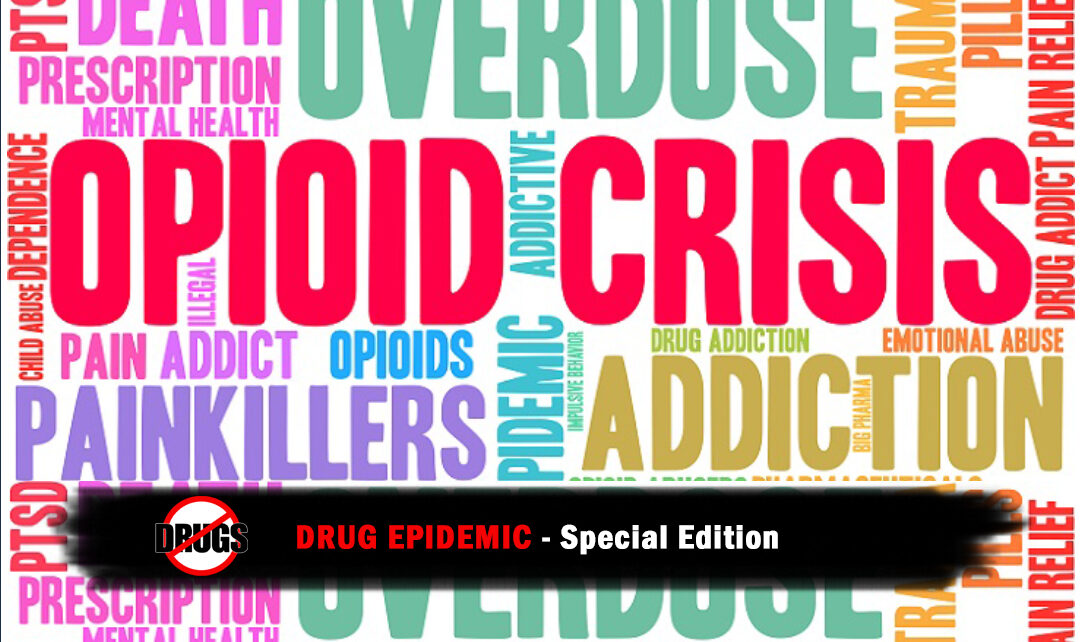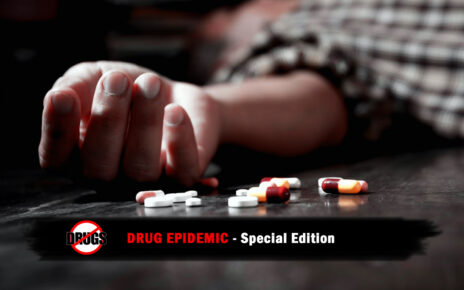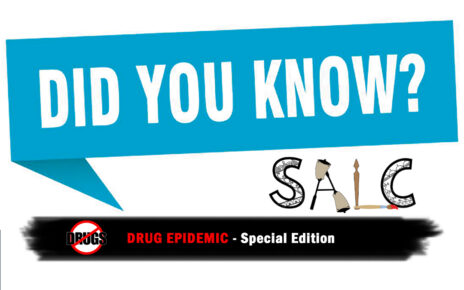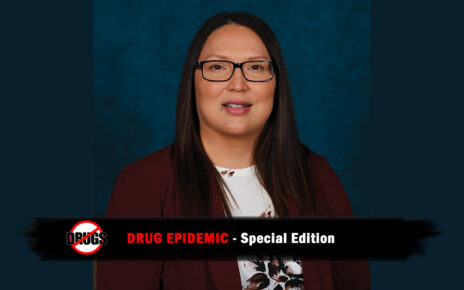Submitted by Peter Wilson, Seneca Strong Coordinator/Supervisor
EMS, Marshals, Firefighter and outside law enforcement has been at the forefront of America’s public health emergencies for more than 50 years. So when the Centers for Disease Control and Prevention (CDC) announced in January 2014 that drug overdoses are now the leading cause of injury-related mortality in the US, it was no surprise to the EMS community. EMS providers have directly witnessed the increase in the rate of drug overdose deaths – estimated at 137% over the last 15 years.
Hardly a day goes by without news related to the opioid epidemic, whether on a national scale or in our local community. Working in the field of emergency medical services, you face the results of opioid addiction closer than most people. If you are a first responder, heroin, fentanyl and other opiates most likely play a role in your daily work.
As a first responder, you are trained in what information to collect when you arrive on the scene of an apparent overdose. You will attempt to find out what drug the person took, how much, how long ago and through what method. However, it is understandably difficult to gain true information from the victim or others on the scene. Often, out of fear of getting into trouble, someone will dispose of any physical evidence before you arrive. Overdose patients may go into respiratory arrest and first responders can administer Naloxone (Narcan) to save them. First responders are receiving special training for how to handle a scene where fentanyl may be present. Fentanyl, a powerful synthetic opioid prescription drug, which can pack a potency of 50 to 100 times stronger than that of morphine.
In today’s epidemic, remember there is no “typical opioid addict” anymore. Forget the stereotype of the heroin addict. Some users become addicted from taking prescriptions, while others may be cocaine users that might cut synthetic opioids into their drug of choice. We cannot assume that an addict lives on the street or comes from a “broken home”. Addiction is not restricted to a certain age, social group or type of person. Not every overdose call comes into the 911 center as an overdose, so EMTs must stay up to date on the knowledge of drug use and its effects. EMTs have to think on their feet and be ready to change the course of their treatment as the information comes to them most times while on scene. In smaller communities, such as ours, we all know one another; which adds to the heightened sense of the tasks at hand to provide the highest quality care in an emergency situation.
More recently, the risk of exposure is even greater. Perhaps you may have heard of Carfentanil. It’s even riskier, with a potency 10,000 times that of morphine.
EMS World reports, “Public health teams across North America are distributing naloxone kits to anyone who might come into contact with a person overdosed on narcotics.” They add, however, that naloxone cannot always stand up to carfentanil. Protective equipment is important at any emergency scene, but take extra precautions against accidental overdose on a scene where opioids are present. In particular, fentanyl and carfentanil are highly potent and can be ingested from the air or through skin absorption.
The CDC warns that not only EMS workers, but also Marshals, Outside Law Enforcement, Firefighter, and those handling any evidence risk contact with fentanyl or carfentanil. The CDC explains that “responders are most likely to encounter illicitly manufactured fentanyl and its analogs in powder, tablet, and liquid form. Potential exposure routes of greatest concern include inhalation, mucous membrane contact, ingestion and percutaneous exposure (e.g., needle stick). Skin contact is also a potential exposure route, but is not likely to lead to overdose.” [3] The CDC, local and state health departments make a number of recommendations for avoiding contamination. For example, in addition to gloves and face coverings, isolation gowns, goggles, and even Tyvek suits may be used when treating patients with suspected use of fentanyl and carfentanil.
There is still a need for Opioid and Addiction Training. In many places around the country, they are wrestling with how to address the opioid epidemic. Many areas have deemed it a public health crisis. They seek to contain the epidemic through both treatment and prevention. Some have formed task forces, comprised of law enforcement, local government, social workers, medical professionals and EMS workers. Each area of expertise provides its own perspective for how everyone, working together, can best address the situation. Each profession continues to address training, too. Some EMS workers report “compassion fatigue” after seeing so many overdose cases. They often visit the same addicts over and over again. They also witness the effects on the addict’s loved ones, including children. Several EMS workers have reported that they “have become more like counselors or big brother/big sisters or even caregivers for the children involved in an overdose.” A lot of EMS workers and First Responders seek out emotional support to handle the toll this epidemic takes on daily basics.
The opioid epidemic is such a huge part of an EMS career these days, regardless of where you live and work. Educate yourself about the drugs, the addiction, and precautions you can take. I would encourage all EMS, Marshals, Firefighter, and Outside Law Enforcement to protect your physical and mental health so you can give the absolute best care to your patients.
References
- Rudd RA, Aleshire N, Zibbell JE, Gladden RM. Increases in Drug and Opioid Overdose Deaths – United States, 2000-2014. MMWR, 2016 Jan; 64(50): 1,378-82; http://www.cdc.gove/mmwr/preview/mmwrhtml/mm6450a3.htm heroin-caused the majority of that increase.
- EMS World magazine
- CDC website




